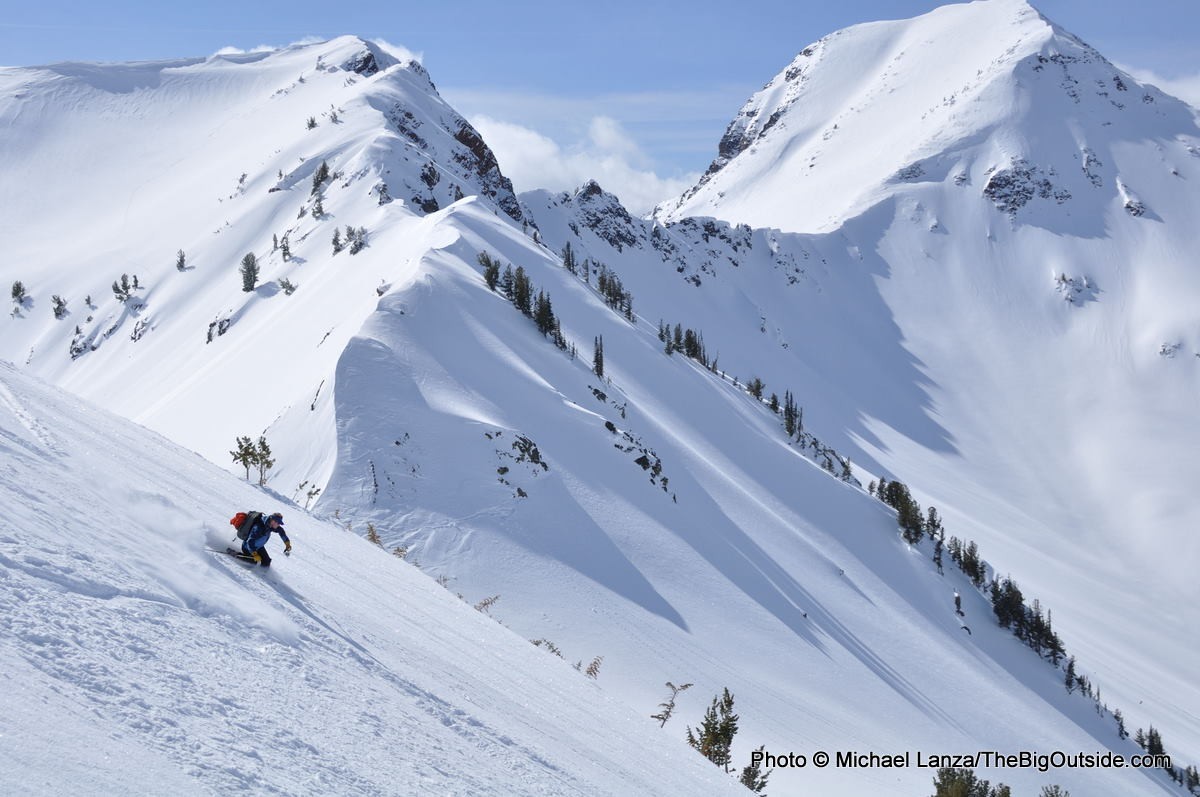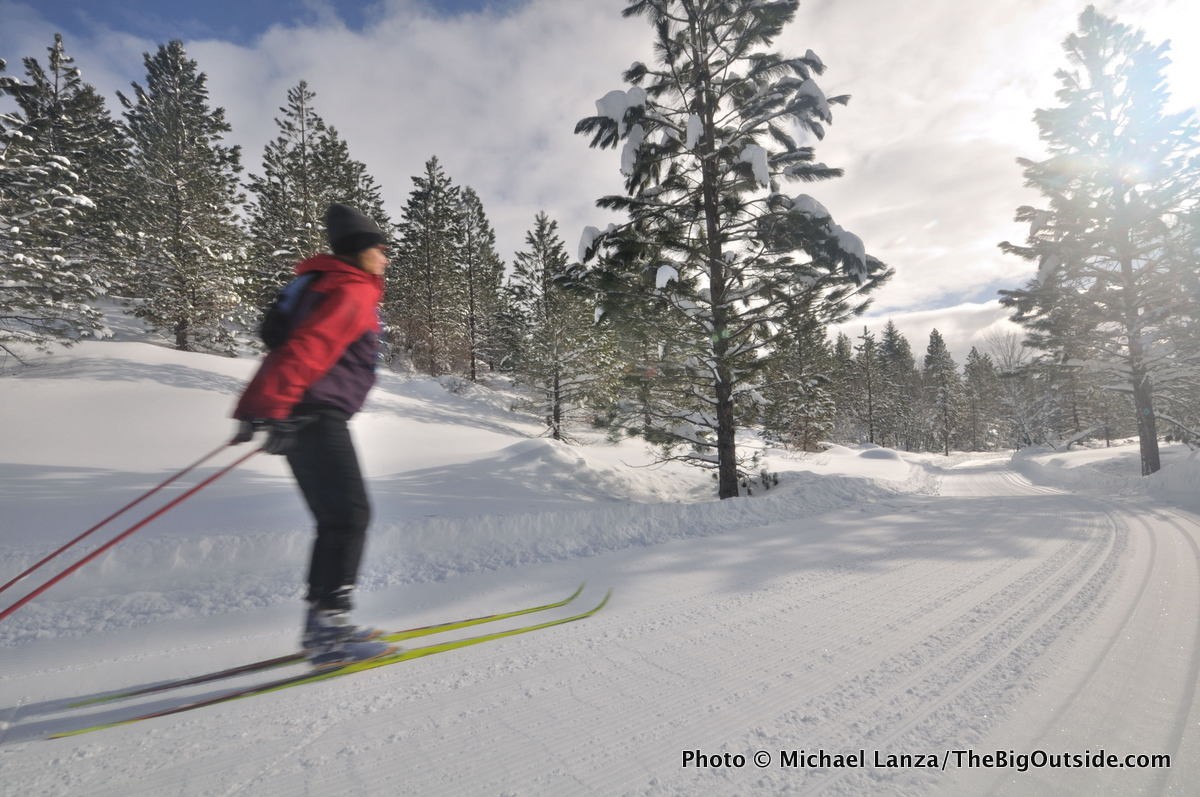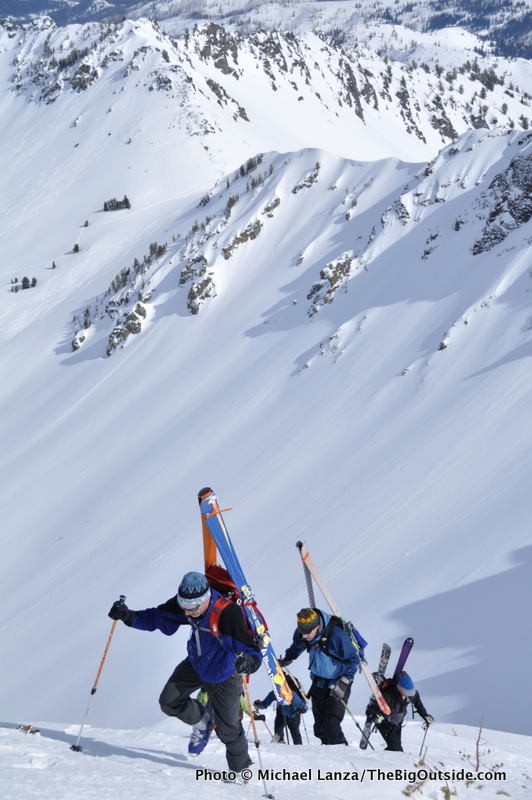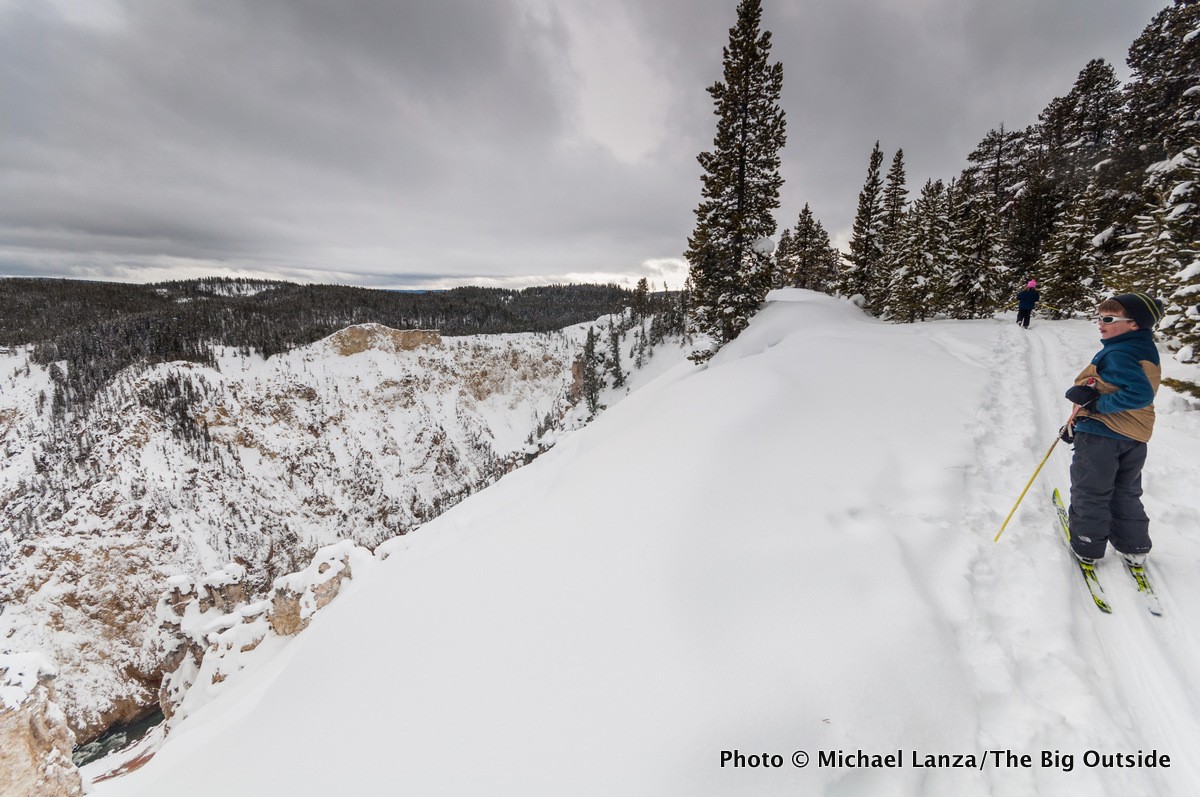Staying warm in cold weather, especially while traveling in destinations like Vietnam, can be a challenge. But with the right strategies, you can comfortably enjoy your trip. SIXT.VN offers comprehensive travel solutions that help you stay cozy and explore Vietnam without the chill.
This article provides expert tips on heat management, layering systems, and how to leverage services like SIXT.VN to ensure a warm and enjoyable travel experience, especially during the colder months. Learn about adaptive techniques, appropriate attire, and energy conservation to maximize your comfort.
1. Understand the Importance of Movement
Clothing doesn’t generate warmth; it merely traps the heat your body produces. When you feel cold, the simplest and most effective way to warm up is to move. Encourage everyone in your group to increase their pace or start moving to generate body heat.
According to a study by the University of Manitoba, physical activity significantly enhances body temperature regulation in cold environments (University of Manitoba, 2018). Ensure breaks are short to minimize cooling down. If someone cools down faster, have them start moving ahead to warm up more quickly.
 Backcountry skier in Oregon's Wallowa Mountains
Backcountry skier in Oregon's Wallowa Mountains
2. Pace Yourself to Minimize Sweat
Avoiding excessive perspiration is essential to staying warm in cold weather. Damp clothing conducts heat away from the body, making you feel colder. Finding a comfortable pace is crucial. The goal is to stay warm without overheating and sweating profusely.
Aim for a pace that elevates your heart and breathing rates to comfortable levels without causing breathlessness. If sweating is unavoidable, try to transition smoothly by slowing down to a pace that reduces sweating while still generating body heat. This approach helps your base layers dry and prevents sudden chills.
3. Adjust Your Clothing Layers Effectively
Adjusting your clothing layers is vital, especially during high-exertion activities like hiking or skiing. The right layering can keep you warm and dry.
Layering System:
| Layer | Purpose | Material Examples |
|---|---|---|
| Base Layer | Wicks away moisture | Merino wool, synthetic fabrics |
| Mid Layer | Provides insulation | Fleece, down, synthetic insulation |
| Outer Layer | Protects from wind and precipitation | Waterproof and breathable shell jackets and pants |
Depending on the conditions, you may need only a breathable insulation layer over a moisture-wicking base layer in calm weather. In windy conditions, a waterproof-breathable shell over a midweight insulation layer can prevent cooling down.
4. Increase Your Caloric Intake
Your body needs more fuel in cold temperatures to maintain its internal furnace. High-fat snacks like nuts, cheese, and chocolate provide slow-burning fuel, which is crucial in cold weather.
Snack frequently to keep your energy levels up. Feeling a chill or fatigue often indicates that your body needs more food. Energy bars with plenty of protein and calories are also a convenient option.
5. Stay Hydrated
Dehydration can occur quickly in cold, dry conditions, even if you’re not sweating much. Drink frequently to maintain hydration. Carry a thermos with a hot drink for added warmth and energy. Consider adding sugar for quick energy or a small amount of butter for flavor and fat.
6. Prevent Your Water from Freezing
Preventing your water from freezing is vital for staying hydrated in cold conditions. In moderately cold temperatures, a hydration bladder can work if kept close to your body. Blow back into the hose after each drink to clear water and prevent freezing.
 My wife, Penny, Nordic skiing in Idaho’s Boise Mountains
My wife, Penny, Nordic skiing in Idaho’s Boise Mountains
In colder temperatures, use wide-mouth water bottles or insulated bottles like Hydroflasks. Store uninsulated bottles in an insulated sleeve inside your pack, upside down, to keep any ice at the bottom. When camping, fill bottles with hot water and store them inside your sleeping bag to prevent freezing and provide warmth.
7. Carry Spare Gloves
Fingers often get cold and are difficult to rewarm. Carrying two pairs of gloves can help. Keep the spare pair in a zippered jacket pocket to keep them warm with your body heat. When your fingers get cold, warm your bare hands against your belly or in pants pockets. Then, put on the warm gloves and place the cold ones in the pocket to dry.
Carrying spare gloves is also a safety precaution. In case of wind, falls, or damage, having an extra pair ensures you maintain functional use of your hands. Mittens are generally warmer than gloves because fingers benefit from collective warmth.
8. Bring Two Hats
Bringing two hats is essential for varied exertion levels and temperatures. A warm hat is ideal for breaks or low-exertion activities, while a lighter, breathable hat is better for high-exertion activities like hiking or running.
If the warm hat is too much during intense activity, switch to the lighter one. Keep the damp hat close to your torso to dry it quickly.
9. Pre-Warm Your Gloves and Boots
Fingers and toes get cold easily because they are far from the heart. Pre-warming gloves and boots ensures your extremities stay toasty from the start.
Warm your ski boots near the car heater or in the back seat while driving. Keep gloves inside your jacket. If fingers and toes get cold and won’t rewarm, use chemical hand and foot warmers.
10. Dress Like a Goose
When stopping for more than a few minutes, immediately put on a down or synthetic-insulation jacket to prevent rapid cooling. Remove it before resuming activity to avoid overheating.
Insulation Jacket Comparison:
| Feature | Down Jacket | Synthetic-Insulation Jacket |
|---|---|---|
| Warmth-to-Weight | Excellent | Good |
| Compressibility | Excellent | Good |
| Performance | Loses insulation when wet | Maintains insulation when wet |
| Durability | Requires more care | More durable |
| Price | Generally more expensive | Generally less expensive |
11. Sit on Your Pack
The ground, rocks, and logs are frozen in winter and can quickly draw heat from your body. Sit on your pack instead to insulate yourself from the cold ground.
12. Seek the Sun
Take rest stops in warm sunshine and face into the sun. Find a spot sheltered from the wind, or position your back to the wind. Planning trips in March or early spring, when the sun is higher and warmer, can enhance the experience, especially for those new to winter activities.
 Backcountry skiers in Oregon’s Wallowa Mountains
Backcountry skiers in Oregon’s Wallowa Mountains
13. Essential Gear for Staying Warm
Having the right gear is crucial for staying warm and comfortable. Here’s a list of essential items:
Essential Winter Gear:
| Gear Item | Description | Why It’s Important |
|---|---|---|
| Moisture-Wicking Base Layers | Clothing worn next to the skin to wick away sweat | Keeps skin dry and prevents chilling |
| Insulating Mid-Layers | Fleece or down jackets to trap heat | Provides warmth and insulation |
| Waterproof Outer Layers | Shell jackets and pants to protect from wind and moisture | Keeps you dry and shields you from wind |
| Insulated Gloves/Mittens | Protects hands from cold; mittens generally warmer | Prevents frostbite and maintains dexterity |
| Warm Hat | Covers head and ears to retain heat | Significant heat loss occurs through the head |
| Insulated Boots | Keeps feet warm and dry | Prevents frostbite and maintains comfort |
| Wool Socks | Provides insulation and wicks moisture away from feet | Keeps feet warm and dry |
| Hand/Foot Warmers | Chemical packs that provide additional heat | Emergency heat source for extremely cold conditions |
| Thermos | Carries hot beverages to help warm the body | Provides warmth and hydration |
| Sunglasses/Goggles | Protects eyes from sun glare and wind | Prevents snow blindness and discomfort |
| Sunscreen | Protects skin from sun damage, even in winter | Prevents sunburn and skin damage |
| Backpack | Carries essential gear, food, and water | Allows you to carry everything you need for a safe and comfortable outing |
14. Understand Cold Weather Risks
Understanding the risks associated with cold weather is vital for safety. Hypothermia and frostbite are two primary concerns:
Cold Weather Risks:
| Risk | Description | Prevention |
|---|---|---|
| Hypothermia | Dangerously low body temperature caused by prolonged exposure to cold | Dress in layers, stay dry, eat high-energy foods, and seek shelter |
| Frostbite | Damage to body tissues caused by freezing | Protect exposed skin, keep extremities warm and dry, and avoid tight clothing that restricts circulation |
15. Plan Your Trip with SIXT.VN
Planning your trip with SIXT.VN can ensure a seamless and warm travel experience. Here’s how SIXT.VN can assist:
- Consultation: SIXT.VN offers personalized travel itineraries tailored to your preferences and the weather conditions.
- Airport Transfers: Enjoy safe and comfortable airport transfers, ensuring you arrive warm and relaxed.
- Hotel Booking: Choose from a wide range of hotels that suit your budget and location preferences.
- Tour Arrangements: Book tours to popular destinations in Hanoi and nearby areas.
- Flight Booking: Find the best flight deals and schedules.
 My son, Nate, cross-country skiing along the rim of the Grand Canyon of the Yellowstone River in Yellowstone National Park
My son, Nate, cross-country skiing along the rim of the Grand Canyon of the Yellowstone River in Yellowstone National Park
16. Leverage SIXT.VN Services for a Comfortable Trip
SIXT.VN offers a range of services designed to make your trip to Vietnam comfortable and enjoyable, even in colder weather.
SIXT.VN Services:
| Service | Description | Benefits |
|---|---|---|
| Travel Consultation | Personalized travel itineraries | Tailored to your preferences and weather conditions |
| Airport Transfers | Safe and comfortable transportation from the airport to your hotel | Ensures a warm and relaxed arrival |
| Hotel Booking | Wide selection of hotels to fit your budget and location needs | Comfortable accommodations suitable for your needs |
| Tour Arrangements | Book tours to popular destinations in and around Hanoi | Convenient and hassle-free exploration of Vietnam’s attractions |
| Flight Booking | Best flight deals and schedules | Cost-effective travel planning |
17. Packing Essentials for Cold Weather Travel
Packing the right clothing and gear is essential for staying warm during your travels. Consider these packing essentials:
Packing List for Cold Weather:
| Item | Quantity | Notes |
|---|---|---|
| Base Layers | 2-3 | Moisture-wicking; merino wool or synthetic |
| Insulating Mid-Layers | 2-3 | Fleece or down jackets |
| Waterproof Outer Layers | 1 | Shell jacket and pants |
| Insulated Gloves/Mittens | 2 pairs | Mittens generally warmer; one spare pair |
| Warm Hat | 2 | One warm, one breathable |
| Insulated Boots | 1 pair | Waterproof and insulated |
| Wool Socks | 4-5 pairs | Moisture-wicking |
| Hand/Foot Warmers | As needed | Chemical packs for extra warmth |
| Thermos | 1 | For hot beverages |
| Sunglasses/Goggles | 1 | To protect eyes from glare |
| Sunscreen | 1 | For skin protection |
| Backpack | 1 | To carry essentials |
| Travel Insurance Documents | 1 | Ensure you have appropriate coverage |
| Medications and Prescriptions | As needed | Ensure you have enough for the duration of your trip |
18. Understand Vietnamese Climate
Vietnam’s climate varies significantly from north to south. In the north, winter can be quite cold, especially in mountainous regions. Hanoi experiences cooler temperatures from November to March.
Understanding these regional differences helps you prepare accordingly. For Hanoi, pack for cooler weather and be ready for occasional rain.
Regional Climate Differences:
| Region | Climate Characteristics | Recommended Clothing |
|---|---|---|
| North | Cool, wet winters | Warm layers, waterproof jacket, gloves, hat |
| Central | Mild winters, hot summers | Lightweight layers, rain gear |
| South | Warm year-round | Lightweight clothing, sunscreen |
19. Cultural Considerations for Staying Warm
While Vietnam may not be known for extreme cold, respecting local customs while preparing for cooler weather is important. Dressing modestly and appropriately for cultural sites remains essential.
Layering allows you to adjust to both the weather and cultural norms. A light jacket or sweater can be easily added or removed as needed.
20. Utilizing Local Resources for Warmth
Leverage local resources to stay warm. Traditional Vietnamese markets offer warm clothing, such as sweaters, scarves, and hats, at reasonable prices.
Enjoying hot Vietnamese cuisine can also help warm you from the inside out. Pho (noodle soup) and hot tea are excellent options.
Local Tips for Staying Warm:
| Resource | Description | Benefits |
|---|---|---|
| Local Markets | Affordable warm clothing and accessories | Quickly adapt to changing weather conditions |
| Vietnamese Cuisine | Hot dishes like pho and tea | Provides internal warmth |
| Traditional Remedies | Local herbal remedies for cold and flu | Natural relief from cold weather ailments |
| Local Transportation | Buses and taxis with heaters | Warm transportation options |
21. Booking Accommodations with Heating
When booking accommodations in Vietnam, particularly in Hanoi, ensure that your hotel or guesthouse offers heating. This can significantly enhance your comfort during the colder months.
Check hotel amenities and read reviews to confirm the availability and effectiveness of heating systems. SIXT.VN can assist in finding accommodations that meet your heating requirements.
22. Indoor Activities to Stay Warm
Engaging in indoor activities can be a great way to stay warm while exploring Vietnam. Consider visiting museums, temples, or enjoying a traditional water puppet show.
These activities provide shelter from the cold while allowing you to experience Vietnamese culture.
Indoor Activity Ideas:
| Activity | Description | Benefits |
|---|---|---|
| Museums | Explore Vietnamese history and art | Warm and educational |
| Temples | Visit historical and religious sites | Cultural experience with indoor spaces |
| Water Puppet Show | Enjoy a traditional Vietnamese art form | Entertaining and indoors |
| Cooking Class | Learn to cook Vietnamese cuisine | Interactive and warm |
| Shopping Malls | Browse local and international brands | Warm and convenient |
23. Essential Tips for Cold Weather Photography
If you’re a photography enthusiast, cold weather can present unique challenges. Protect your equipment from the cold and moisture. Use gloves that allow you to operate your camera easily, and keep spare batteries warm, as they tend to drain faster in cold conditions.
24. Travel Insurance for Winter Travel
Ensure you have comprehensive travel insurance that covers winter-related issues, such as flight delays due to weather, medical emergencies, and loss of gear. Review your policy to understand the coverage and limitations.
Key Aspects of Travel Insurance:
| Coverage | Description | Benefits |
|---|---|---|
| Medical Expenses | Covers medical treatment and hospitalization | Provides financial protection in case of illness or injury |
| Trip Cancellation | Reimbursement for non-refundable expenses if you have to cancel your trip | Protects against unforeseen circumstances preventing you from traveling |
| Baggage Loss/Delay | Covers loss or delay of luggage | Compensation for essential items |
| Emergency Evacuation | Covers the cost of emergency transportation | Ensures you can be transported to a medical facility in case of a serious emergency |
| Winter Sports Coverage | Covers winter sports activities, such as skiing or snowboarding | Provides protection if you plan to engage in winter sports |
25. Health and Safety Precautions
Take necessary health and safety precautions to prevent illness during your trip. Wash your hands frequently, stay hydrated, and get enough rest. Consider carrying hand sanitizer and a basic first-aid kit.
Consult your doctor before traveling to ensure you have any necessary vaccinations or medications.
26. Adapting to Local Conditions
Adapting to local conditions is key to a comfortable and enjoyable trip. Pay attention to weather forecasts and adjust your plans accordingly. Be flexible and willing to change your itinerary if necessary.
Tips for Adapting to Local Conditions:
| Strategy | Description | Benefits |
|---|---|---|
| Monitor Weather Forecasts | Stay updated on the latest weather conditions | Helps you plan your activities and pack appropriately |
| Be Flexible with Your Itinerary | Be prepared to change your plans if necessary | Allows you to avoid adverse weather conditions and make the most of your trip |
| Seek Local Advice | Ask locals for recommendations on staying warm and safe | Provides valuable insights and tips that you may not find elsewhere |
27. Transportation Options During Cold Weather
Choosing the right transportation options can significantly impact your comfort during cold weather. Consider using taxis, buses, or ride-sharing services that offer heated vehicles.
SIXT.VN provides reliable and comfortable transportation options, ensuring you stay warm and safe while traveling.
28. Booking Tours with Indoor Components
When booking tours, opt for those that include indoor components or provide shelter from the cold. This can help you stay warm while still experiencing the best of Vietnam.
For example, a city tour that includes visits to museums, temples, and indoor markets can offer a balanced and comfortable experience.
29. Staying Connected for Updates
Staying connected allows you to receive real-time updates on weather conditions, travel advisories, and any other important information. Purchase a local SIM card or use a portable Wi-Fi device to stay connected.
30. Enjoying Local Warm Beverages
Indulge in local warm beverages to help you stay warm and experience Vietnamese culture. Try hot tea, coffee, or traditional herbal drinks.
These beverages not only provide warmth but also offer a taste of Vietnamese hospitality.
Popular Warm Beverages in Vietnam:
| Beverage | Description | Benefits |
|---|---|---|
| Hot Tea | Green tea, jasmine tea, or herbal teas | Provides warmth, antioxidants, and a relaxing experience |
| Vietnamese Coffee | Strong coffee served hot, often with condensed milk | Provides warmth and an energy boost |
| Ginger Tea | Tea made with fresh ginger | Provides warmth and relief from cold symptoms |
| Herbal Drinks | Traditional drinks made with various herbs and spices | Provides warmth and potential health benefits |
31. Understanding Local Customs for Cold Weather
While Vietnam may not have a strong cold-weather culture, understanding local customs can enhance your experience. Observe how locals dress and adapt to the weather, and follow their example.
This can help you blend in and gain a deeper appreciation for Vietnamese culture.
32. Reviewing Vietnam Travel Blogs
Reading Vietnam travel blogs and forums can provide valuable insights and tips on staying warm during your trip. These resources often offer first-hand experiences and recommendations from other travelers.
33. Emergency Contacts and Resources
Keep a list of emergency contacts and resources handy, including local emergency numbers, the contact information for your embassy or consulate, and the contact information for SIXT.VN.
34. Packing List Checklist
Before your trip, use a checklist to ensure you have packed all the essential items for staying warm. This can help you avoid forgetting important gear and ensure a comfortable travel experience.
Comprehensive Packing List Checklist:
| Item | Checked | Notes |
|---|---|---|
| Base Layers | Merino wool or synthetic | |
| Insulating Mid-Layers | Fleece or down jackets | |
| Waterproof Outer Layers | Shell jacket and pants | |
| Insulated Gloves/Mittens | One spare pair | |
| Warm Hat | One warm, one breathable | |
| Insulated Boots | Waterproof and insulated | |
| Wool Socks | Multiple pairs | |
| Hand/Foot Warmers | ||
| Thermos | ||
| Sunglasses/Goggles | ||
| Sunscreen | ||
| Backpack | ||
| Travel Insurance Documents | ||
| Medications/Prescriptions | ||
| Emergency Contact List |
35. Final Thoughts on Staying Warm
Staying warm during cold weather travel involves careful planning, appropriate gear, and a willingness to adapt to local conditions. By following these tips and leveraging the services of SIXT.VN, you can ensure a comfortable and enjoyable trip to Vietnam.
Enjoy your travels and stay warm!
FAQ: Staying Warm in Cold Weather
1. What are the best base layers for cold weather?
Merino wool and synthetic fabrics are excellent for base layers. They wick away moisture and keep you dry.
2. How many layers should I wear in cold weather?
Wear at least three layers: a moisture-wicking base layer, an insulating mid-layer, and a waterproof outer layer.
3. What kind of gloves are best for cold weather?
Mittens are generally warmer than gloves because fingers benefit from collective warmth.
4. How can I prevent my water from freezing?
Use insulated water bottles or store uninsulated bottles upside down in an insulated sleeve inside your pack.
5. What are some high-fat snacks I can eat to stay warm?
Nuts, cheese, and chocolate provide slow-burning fuel that helps keep you warm.
6. What are the signs of hypothermia?
Shivering, confusion, drowsiness, and slurred speech are signs of hypothermia. Seek medical attention immediately.
7. How can SIXT.VN help me stay warm during my trip?
SIXT.VN offers personalized travel itineraries, comfortable airport transfers, and hotel booking services to ensure a warm and enjoyable experience.
8. What indoor activities can I do to stay warm in Vietnam?
Visit museums, temples, or enjoy a traditional water puppet show.
9. Should I buy travel insurance for winter travel?
Yes, ensure you have comprehensive travel insurance that covers winter-related issues.
10. What are some local Vietnamese beverages that can help me stay warm?
Hot tea and coffee are excellent choices for staying warm in Vietnam.
Address: 260 Cau Giay, Hanoi, Vietnam
Hotline/Whatsapp: +84 986 244 358
Website: SIXT.VN
Ready to explore Vietnam comfortably? Let SIXT.VN handle your travel arrangements. Contact us today for personalized itineraries, airport transfers, and hotel bookings!



